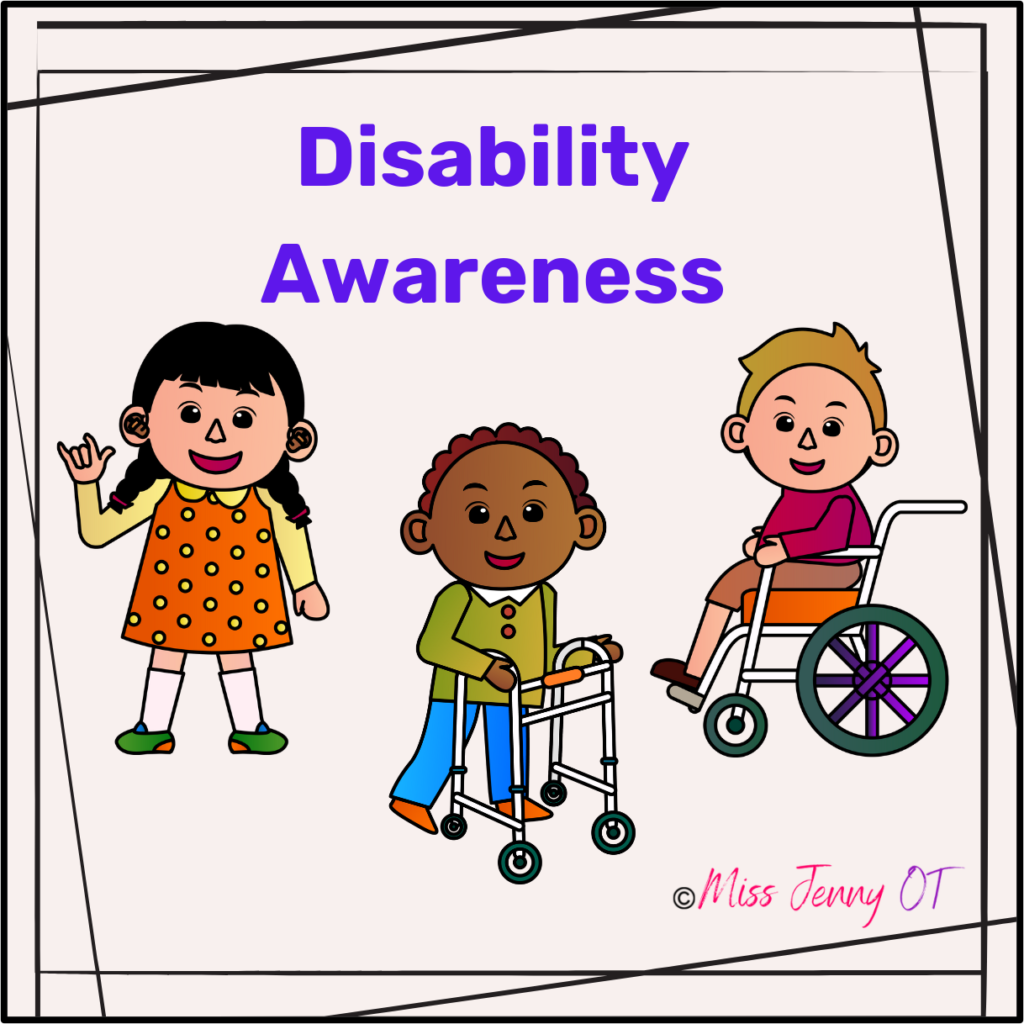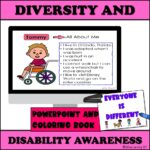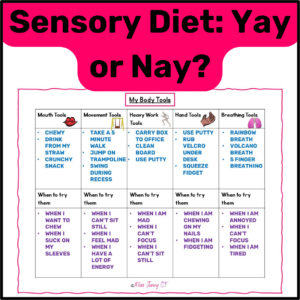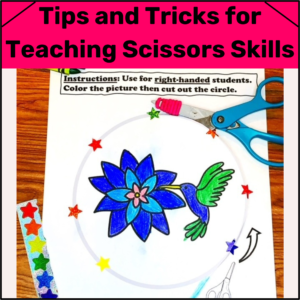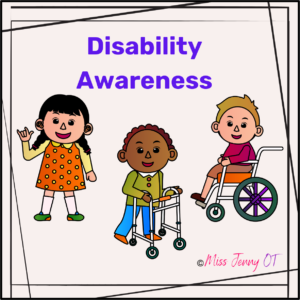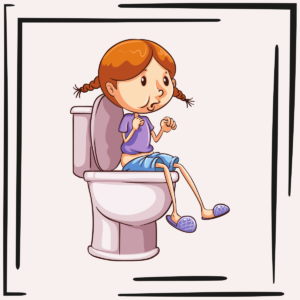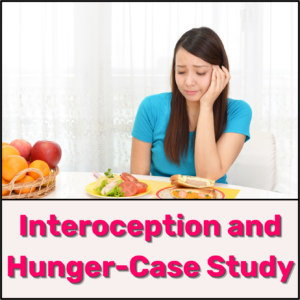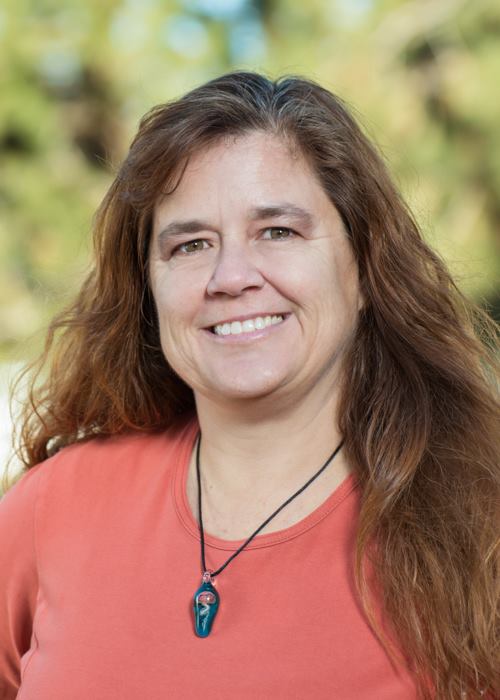Disability awareness for kids is an important part of development. Many people may live in an area where there are not many people who have visible disabilities, or they are not as visible in society. Normalizing all types of disabilities (visible and hidden) helps kids to understand differences and also see similarities. Understanding leads to inclusion of peers.
How to approach disability awareness
One of the best ways that I have found is to introduce the topic through reading. Books that have either a main or supporting character with a disability are a great place to start. I prefer books that don’t necessarily focus on the disability itself, but on the other parts of the character themselves. For example, a child in the book happens to have a congenital leg amputation. The story line is focused on a soccer game and he is one of the players, using a prosthetic leg. The amputation does not need to even get pointed out in the book. This approach helps normalize the disability.
Another way to address it using books is to read books that specifically highlight the disability. For example, a book may have a character who has autism and the book focuses on their daily life. It may show some of the struggles they have but also the successes. The purpose of this type of book is often to educate about the actual disability.
Both types of books can be used in conjunction to teach about and normalize disabilities.
Physical versus Hidden Disabilities
How do you approach teaching about hidden disabilities? Sometimes, but not always, the hidden disability has outward symptoms. A child with a speech delay may look like their peers, but others notice they stutter or mispronounce words (oral apraxia). Another child may have a heart issue and may not be able to run as fast as their peers. Kids may point out things they notice or ask questions about it. When this happens, I like to answer in a matter of fact way, depending on the age, receptive language, and cognitive abilities of the questioner. If a child asks, “Why can’t Johnny talk?”, I may say that he has a condition that makes it hard for him to move his mouth to say words the way we do. I will add that it is something that Johnny is working to improve and give suggestions for how we can help him (if appropriate).
Physical disabilities are typically more obvious. The person may be using adaptive equipment (wheelchair, cane, crutches, hearing aids, or even a tablet) that kids notice. The reason for the adaptive aids may or may not be obvious. A child may be wearing a prosthetic leg that is covered by their pants, but uses crutches to help with their balance. In these cases, I may focus more on the purpose of the equipment and say, “Samir uses crutches to help him walk”. I then typically will give an analogy using glasses for example and how people wear them to help them see better.
Teaching Similarities
We all notice when people are different than us (in multiple ways, including hair, eye, or skin color, size, gender, etc.). At times, it can be harder to see similarities.
One possible way is to consider environmental similarities. For example, perhaps the children who are being compared both live in apartments with their grandparents. Or, they both enjoy playing the same video game.
We can support this in our classrooms by playing games where kids need to seek out others who have similarities to them. Write suggestions on the board (“Lives with just mom”, “Lives with just dad”, Lives in foster care”, “Lives in a house”, “Likes to do puzzles”, “Likes to read”, etc). Have the children find at least one peer who has one or more things in common with them. Afterwards, you can discuss by pointing out some of the differences the kids have, as well as what they have in common. “Johnny and Samir both like to play video games, but Johnny has blonde hair and Samir has brown hair”. The kids can also notice similarities and differences. When appropriate, introduce disability awareness. “Johnny uses his mouth to speak, but Samir uses his tablet”.
Resources to Introduce Disability Awareness
This is a resource that I have created to help kids build their disability awareness. The main resource is a book that introduces different characters with different disabilities, but also has “All About Me” sections for each character. The purpose of the book is to show kids how similar we are despite differences. The book includes a variety of nationalities, living situations, and interests.
There is a PowerPoint presentation that is the same as the book, but the teacher can show it to the whole class and lead a read-aloud. The students can follow along in their books
The book comes in black and white for students to color, as well as a color version for the teacher to print if desired instead of the PowerPoint.
Click the image above to view the resource in my Teachers Pay Teachers store.

